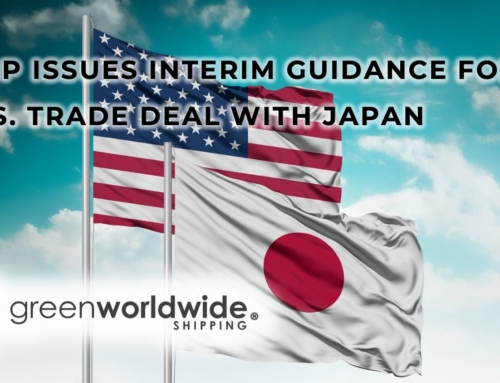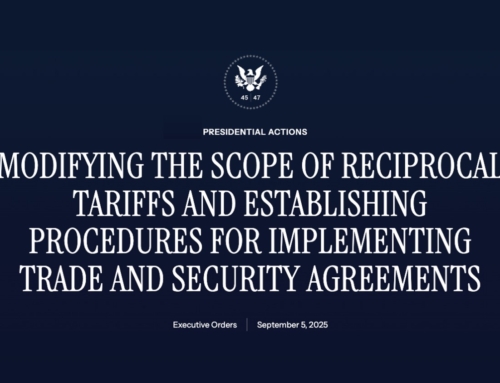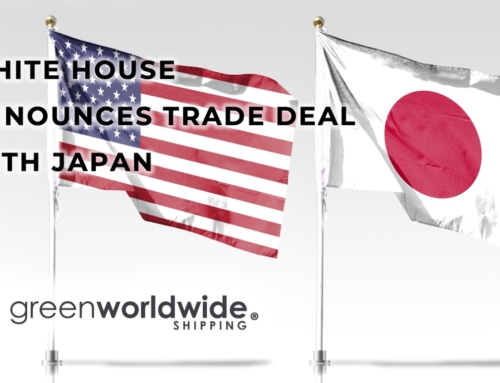Although these two terminologies appear similar at first glance, they actually differ in meaningful ways and serve very different purposes.
TIB
A Temporary Importation under Bond, or TIB, is used to bring goods into U.S. commerce without payment of duty when they are not intended for sale. The entries are similar to a normal consumption entry, however, there are some differences to the filing process which is completed by a Customs Broker.
Under the TIB requirements, the goods must be exported or destroyed within a certain amount of time, not to exceed three years from the date of importation. The importer, in this case, is allowed to take possession of the merchandise for certain reasons, such as for repair. Other reasons why shippers may consider importing under TIB include: sending samples, professional equipment, or tools of the trade which are intended to be re-exported in the future.
Upon importing under a TIB, the importer must post a bond which guarantees US Customs their duty in case of a breach. If the importer fails to export, destroy or notify CBP within the required timeframes (a breach)– they can face liquidated damages which are generally double the duties on the merchandise, but this can vary depending on circumstances. Due to this, if your company chooses to utilize a TIB, you should have tight controls in place to monitor the merchandise and close the TIB timely per the regulations.
IN-BOND PROCESS
Transporting cargo in-bond, on the other hand, simply means that imported goods have yet to be cleared by U.S. Customs and Border Protection (CBP) and are authorized to move between two United States ports. This transportation has to be handled in specific ways including; using a bonded trucker (a company with a custodial bond with CBP), only moving between bonded facilities, reporting to CBP, and recordkeeping requirements.
Reasons why goods are transported in-bond can vary. For example, a consolidated container full of many shipments can move to its final port of destination after filing just one in-bond authorization with CBP. Once there, each importer can clear their cargo individually with CBP. The alternative would require each shipment to be fully cleared at the original port of arrival before the container would be allowed to move to its destination.
Additional motives for transporting freight in-bond include postponing the payment of duties and taxes until later in the transportation cycle or relocating to a Bonded Warehouse or Foreign Trade Zone (FTZ) for manufacture, repair, or storage.
Goods can also be moved in-bond for export, using the immediate export (IE) or transportation and exportation (T & E) procedures. This allows in-bond cargo to export out of the United States without entering U.S. Commerce.
For more information, feel free to reach out to a licensed global trade expert, here at Green!
you ask, green answers
Don’t see the answer you’re looking for? Submit any supply chain question and one of our Green Freight Experts will answer it for you.





